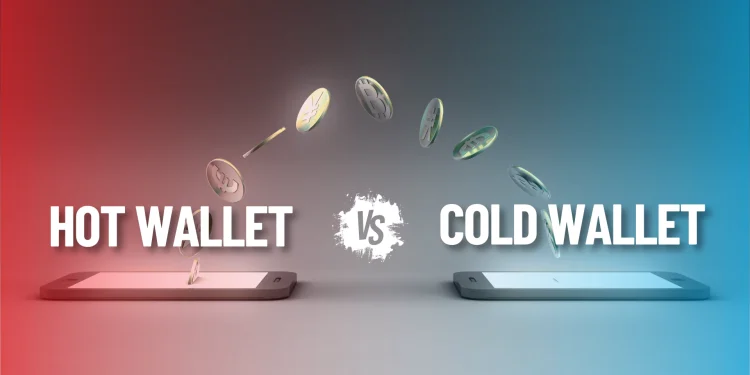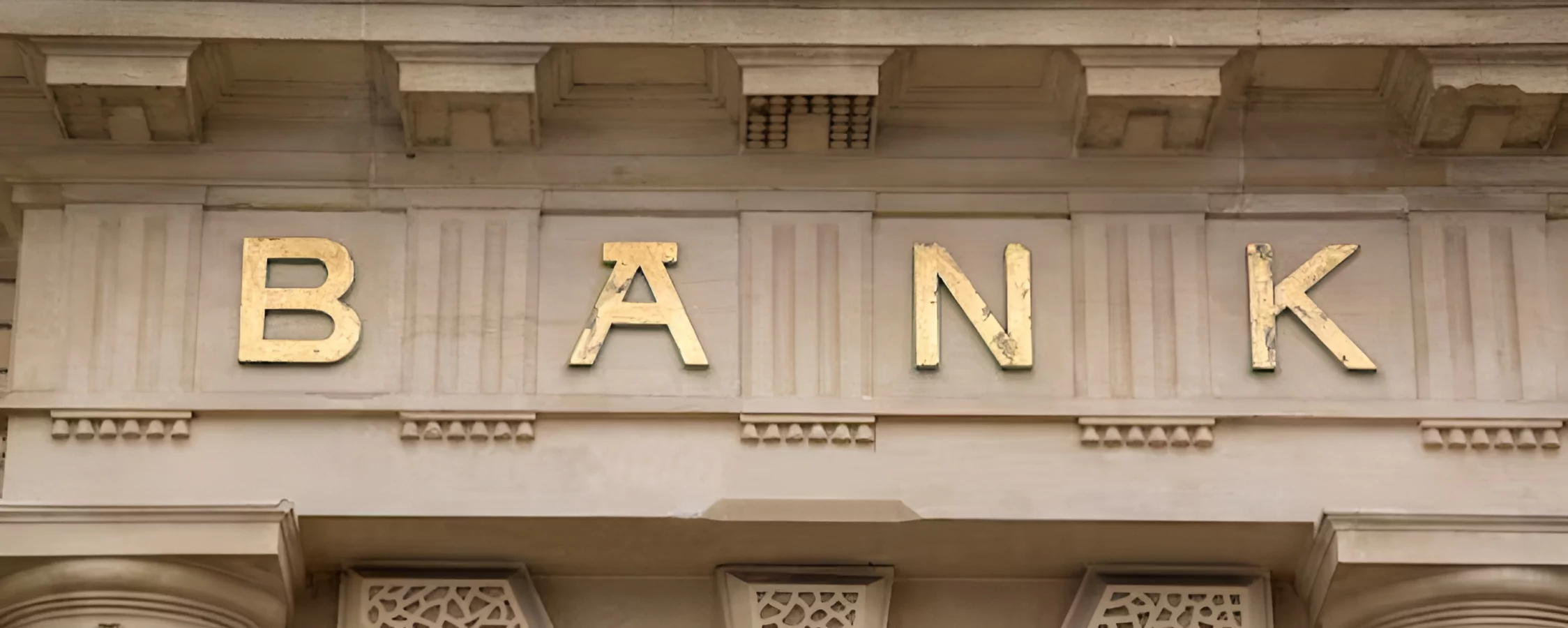As you begin to learn about cryptocurrencies, you’ve probably heard the question “hot wallet vs cold wallet?.” But why are they so significant, and what do they mean? One can be compared to carrying cash in your pocket, while the other is like locking your funds in a bank vault. Think of them as your digital safes for storing cryptocurrency.
It’s important to decide between a hot wallet and a cool wallet. It can tell you how easy you can access and how safe your digital assets are. So, let’s break it down and explore everything you need to know about hot wallets vs cold wallets!
What Is a Hot Wallet?
A hot wallet is a crypto wallet that is connected to the internet. It’s designed for quick access and ease of use, making it perfect for frequent transactions.
Examples of Hot Wallets:
- Mobile wallets
- Desktop wallets
- Web-based wallets (e.g., wallets provided by exchanges like Binance or Coinbase)
Key Features of Hot Wallets:
- Convenience: Hot wallets are always online, so you can easily send and receive crypto anytime.
- User-Friendly: Popular among beginners because they’re simple to set up and use.
- Accessibility: Perfect for day-to-day transactions or trading.
Pros of Hot Wallets:
- Instant access to your crypto.
- Great for active traders or frequent transactions.
- Often free to use (with optional transaction fees).
Cons of Hot Wallets:
- Vulnerable to hacks: Because they’re online, hot wallets are more susceptible to cyberattacks.
- Dependent on internet access: If your internet connection is down, your wallet becomes temporarily useless.
What Is a Cold Wallet?
In contrast, a cold wallet is a cryptocurrency wallet that is completely offline. It’s designed for long-term storage and maximum security, making it ideal for holding large amounts of cryptocurrency.
Examples of Cold Wallets:
- Hardware wallets (e.g., Ledger, Trezor)
- Paper wallets (crypto keys printed on paper)
- Offline computers or USB drives
Key Features of Cold Wallets:
- Offline Storage: Since they’re not connected to the internet, cold wallets are immune to online hacking attempts.
- Security-Focused: Ideal for storing crypto assets you don’t plan to use frequently.
Pros of Cold Wallets:
- Maximum protection against hacking and malware.
- Great for long-term holders (HODLers).
- You have full control of your private keys.
Cons of Cold Wallets:
- Less convenient: Accessing your funds requires extra steps, which might not be ideal for daily use.
- Cost: Hardware wallets can be expensive compared to free hot wallets.
- Risk of physical loss: If you lose your hardware wallet or paper wallet, recovering your funds can be impossible without a backup.
Hot Wallet vs Cold Wallet: Key Differences
Let’s break it down side by side:
| Feature | Hot Wallet | Cold Wallet |
| Connectivity | Always connected to the internet | Completely offline |
| Security | More vulnerable to online attacks | Highly secure from online threats |
| Convenience | Easy to access and use | Requires extra steps for access |
| Cost | Often free | Hardware wallets can cost 50−50-50−200+ |
| Best Use Case | Frequent transactions or trading | Long-term storage of large amounts |
When Should You Use a Hot Wallet?
Hot wallets are ideal for:
- Active Traders: If you’re constantly buying, selling, or trading cryptocurrencies, a hot wallet’s accessibility is unbeatable.
- Small Balances: It’s safer to keep only a small portion of your crypto in a hot wallet, similar to carrying cash in your wallet for daily expenses.
- Beginners: They’re easy to set up and use, making them perfect for people new to crypto.
When Should You Use a Cold Wallet?
Cold wallets are best for:
- Long-Term Holders (HODLers): If you’re holding crypto for the long haul, a cold wallet is the safest option.
- Large Balances: For significant amounts of crypto, keeping it offline reduces the risk of theft.
- Security-Conscious Users: If you prioritize security over convenience, cold wallets are the way to go.
Can You Use Both? The Best of Both Worlds
Absolutely! Many crypto users combine hot and cold wallets to balance convenience and security.
Here’s How It Works:
- Hot Wallet: Use it for daily transactions, trading, or small balances.
- Cold Wallet: Store the majority of your crypto offline for long-term security.
This approach is similar to having a checking account (hot wallet) for daily spending and a savings account (cold wallet) for large, long-term funds.
How to Choose the Right Wallet for You
When deciding between a hot wallet and a cold wallet, consider the following factors:
- Your Usage: Are you an active trader or a long-term holder?
- Security Needs: How much risk are you willing to accept?
- Amount of Crypto: For large amounts, cold wallets are safer.
- Budget: If you’re on a tight budget, start with a free hot wallet and upgrade to a cold wallet later.
- Technical Skill: Cold wallets can be more complex to use, so assess your comfort level with technology.
Common Risks and How to Reduce Them
For Hot Wallets:
- Use strong passwords and enable two-factor authentication (2FA).
- Avoid storing large amounts of crypto in hot wallets.
- Only use reputable wallet providers and exchanges.
For Cold Wallets:
- Store your wallet in a secure location (e.g., a safe or safety deposit box).
- Create multiple backups of your private keys.
- Avoid sharing your private keys with anyone.
Conclusion: Hot Wallet vs Cold Wallet – What’s Best for You?
Choosing between a hot wallet vs cold wallet it ultimately comes down to your personal needs. If you’re an active trader who values convenience, a hot wallet is the way to go. But if security is your top priority, especially for large investments, a cold wallet is the safer choice.
For most people, the best solution is a combination of both. Use a hot wallet for quick access and transactions, and keep the bulk of your holdings in a cold wallet for peace of mind. After all, when it comes to crypto, it’s always better to be safe than sorry!













